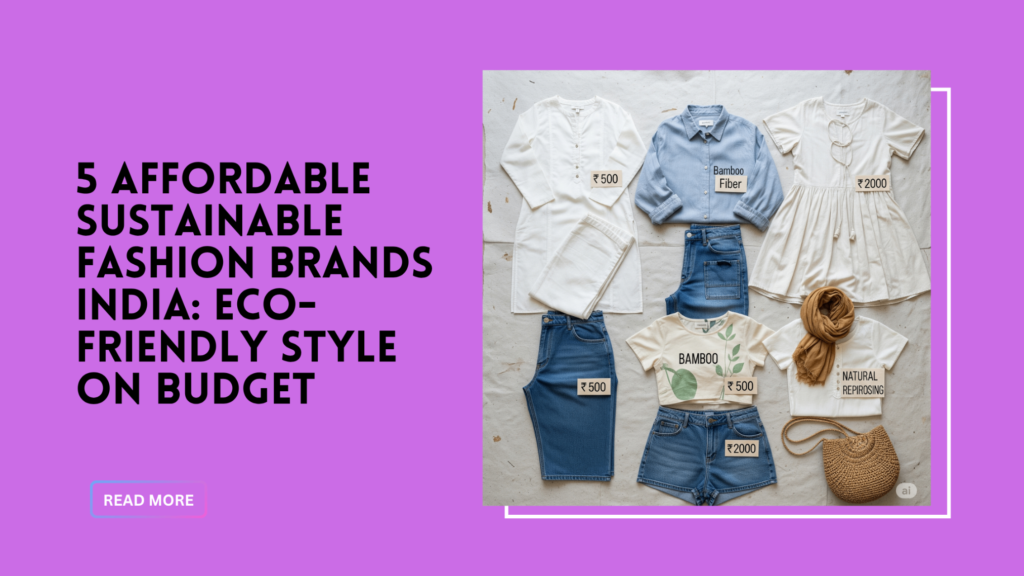5 Affordable Sustainable Fashion Brands in India: My Journey to Ethical Style Without Breaking the Bank
When I first decided to transition my wardrobe toward more ethical choices, I honestly thought that finding affordable sustainable fashion brands India had to offer would be impossible. Like many people, I assumed that eco-friendly meant expensive, and that caring about the environment required sacrificing both style and my monthly budget. However, after two years of dedicated research and countless shopping experiments, I’ve discovered that India is actually home to some of the most innovative and accessible sustainable fashion brands in the world.
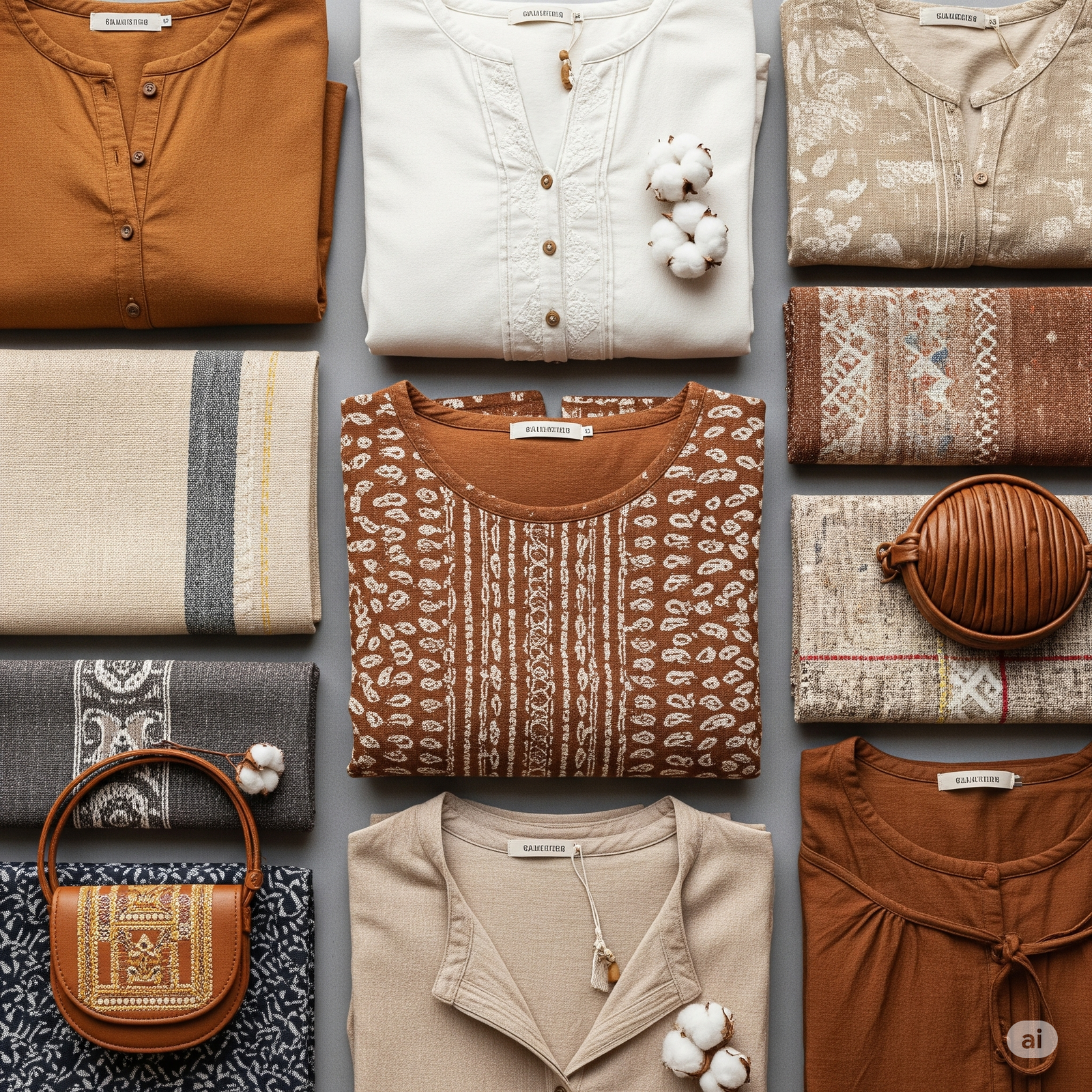
My Wake-Up Call to Sustainable Fashion
The moment that changed everything for me happened during a documentary night with friends. We were watching a film about fast fashion’s environmental impact, and I found myself looking at my overflowing closet with completely new eyes. The statistics were staggering – the fashion industry produces more carbon emissions than international flights and maritime shipping combined. Moreover, I learned that textile dyeing is the second-largest polluter of clean water globally.
That revelation sent me on a mission to find sustainable fashion brands India could offer that wouldn’t require me to choose between my values and my budget. What I discovered not only surprised me but completely transformed how I think about fashion, quality, and the true cost of clothing.
The journey wasn’t always smooth, though. I made mistakes, bought pieces that didn’t last, and sometimes paid premium prices for products that weren’t genuinely sustainable. However, these experiences taught me exactly what to look for in authentic sustainable fashion brands and how to identify companies that truly prioritize environmental and social responsibility.
Fabindia: Where Tradition Meets Modern Sustainability
My first successful venture into sustainable fashion began with Fabindia, a brand that has been championing artisan craftsmanship long before sustainability became a buzzword. What initially drew me to Fabindia was their commitment to handwoven fabrics, but what kept me coming back was the incredible quality and versatility of their pieces.
The magic of Fabindia lies in their direct partnership with rural artisans across India. When I wear one of their hand-block printed kurtas, I know that my purchase directly supports traditional craftspeople who have been perfecting their techniques for generations. Furthermore, their use of natural dyes and organic cotton means that every piece feels gentle against my skin while minimizing environmental impact.
Amazon Suggestion: Fabindia organic cotton kurtas, handwoven fabrics collection, natural dye clothing sets, traditional Indian sustainable wear
What makes Fabindia particularly accessible is their pricing strategy. While some sustainable brands charge premium prices, Fabindia keeps their costs reasonable by working directly with producers and avoiding expensive marketing campaigns. I’ve built a substantial collection of their pieces over time, and each item has proven to be a worthwhile investment that gets better with age.
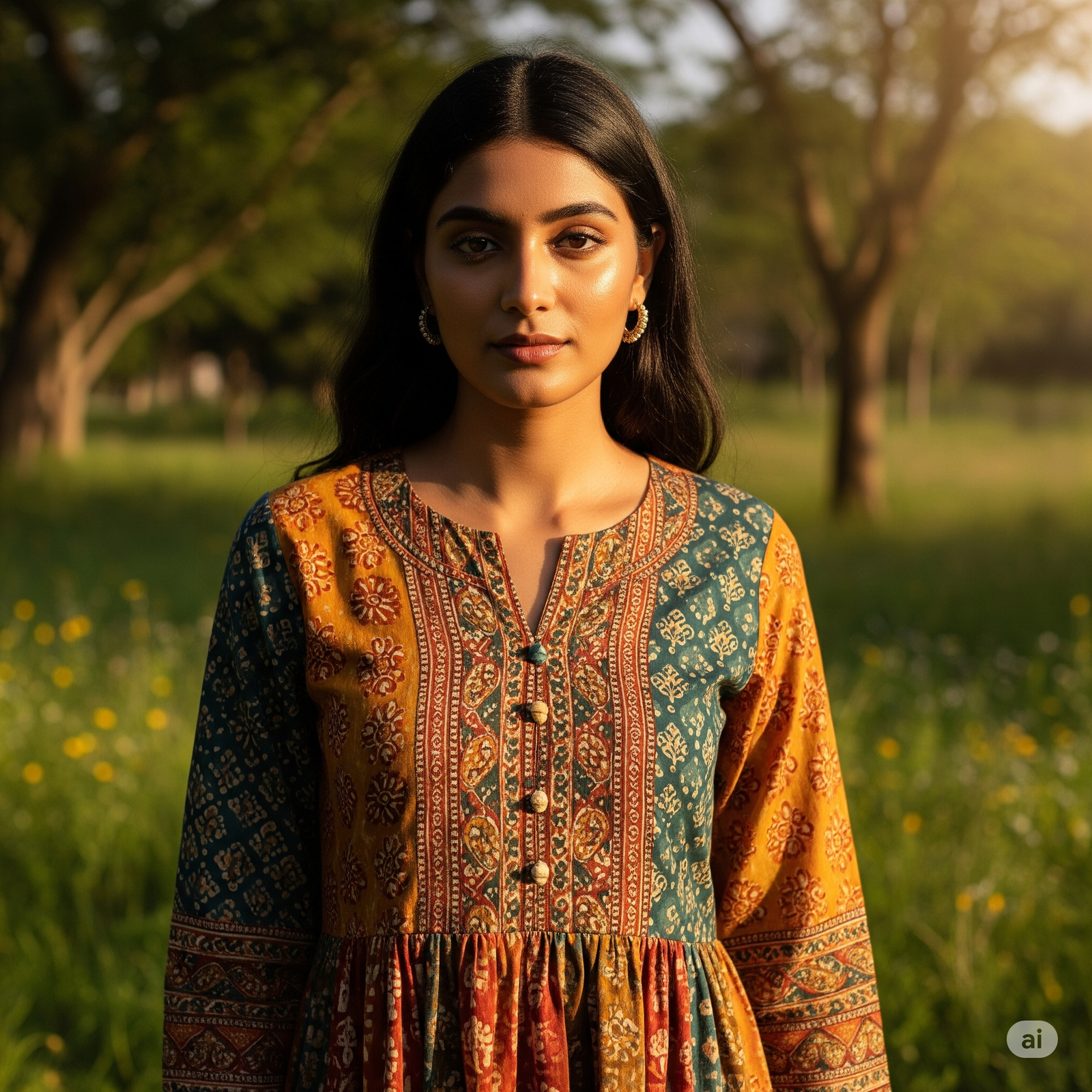
Doodlage: Innovation That Inspires
Discovering Doodlage felt like finding a hidden gem in the sustainable fashion world. This brand represents everything I love about sustainable fashion brands India has produced – creativity, innovation, and absolute commitment to zero waste principles. Founded by Kriti Tula, Doodlage creates stunning contemporary pieces entirely from textile waste and organic materials.
What absolutely amazed me about Doodlage was their approach to design. Instead of creating waste, they use existing textile waste as their primary raw material, transforming discarded fabrics into fashion-forward pieces that rival anything I’ve seen in conventional stores. Their patchwork dresses and upcycled accessories prove that sustainable fashion can be both environmentally responsible and incredibly stylish.
The affordability factor comes from their innovative business model. By using waste materials that would otherwise be discarded, they significantly reduce raw material costs while creating unique pieces that tell compelling stories about resourcefulness and creativity. Additionally, their direct-to-consumer approach eliminates retailer markups, making their pieces accessible to conscious consumers on various budgets.
Reddit User Query: “Are zero-waste fashion brands actually affordable for college students?” Based on my experience with Doodlage, the answer is surprisingly yes. Their pieces range from ₹1,200 to ₹4,000, which is competitive with conventional brands but offers much better quality and environmental credentials.
No Nasties: Organic Cotton Revolution
My relationship with No Nasties began when I was searching for basic wardrobe staples that wouldn’t compromise my sustainability goals. This brand specializes in organic cotton basics, and their philosophy of creating “clothing that doesn’t harm people, animals, or the planet” resonated deeply with my values.
What sets No Nasties apart among sustainable fashion brands India offers is their complete transparency about their supply chain. They provide detailed information about their organic cotton sources, manufacturing processes, and the fair wages they pay to workers. This level of openness built my trust and confidence in their brand commitment.
The affordability of No Nasties comes from their focus on timeless basics rather than trend-driven pieces. Their organic cotton t-shirts, comfortable loungewear, and versatile dresses form the foundation of a sustainable wardrobe without requiring constant updates or replacements. Moreover, the durability of organic cotton means these pieces last significantly longer than conventional alternatives.
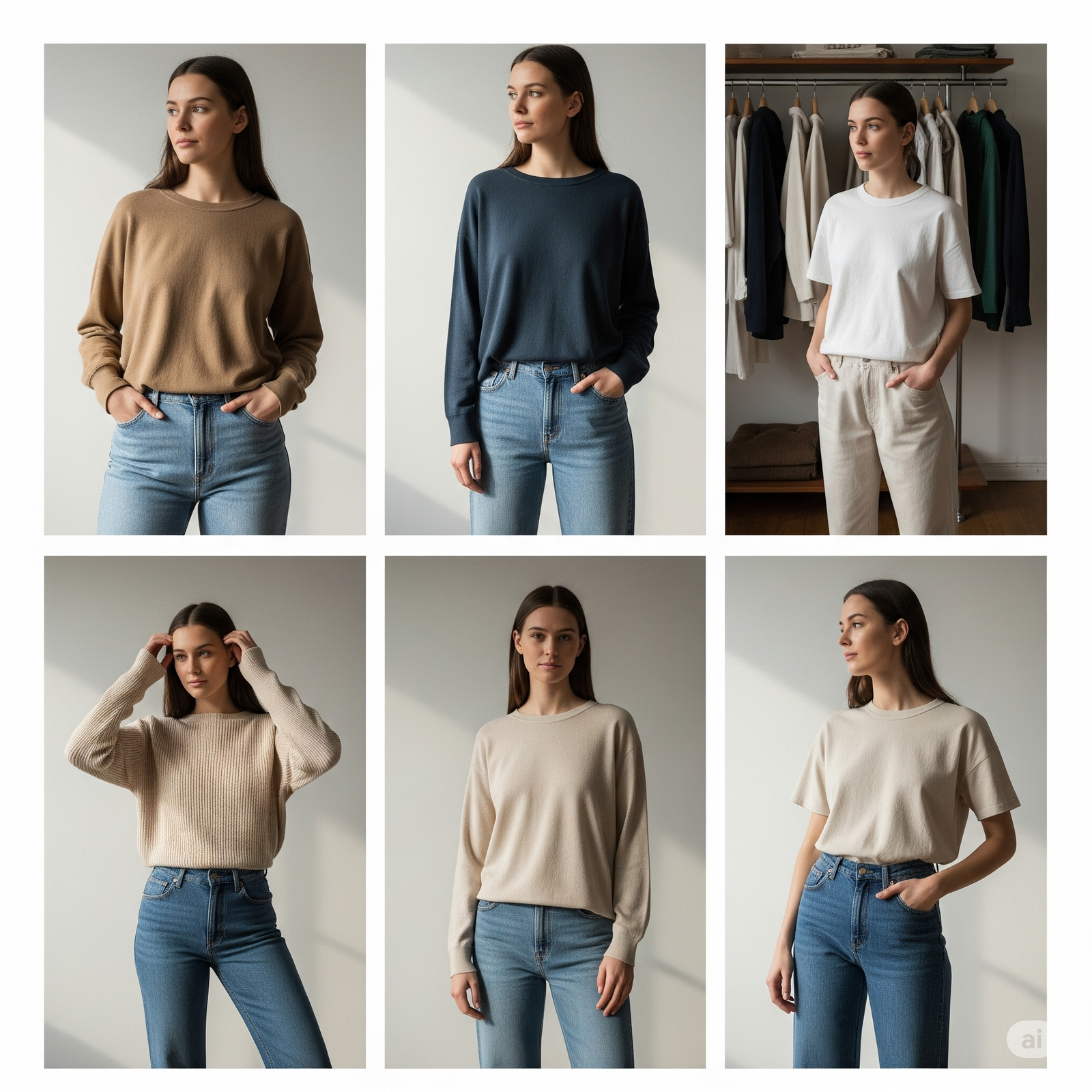
I’ve been particularly impressed by how their pieces maintain their shape and softness even after numerous washes. The initial investment pays for itself through longevity, making their price point extremely reasonable when calculated on a cost-per-wear basis.
Brown Living: Sustainable Lifestyle Ecosystem
Brown Living introduced me to the concept of sustainable fashion as part of a broader lifestyle choice. While they offer clothing from various sustainable brands, what makes them special is their curation and commitment to educating consumers about the environmental impact of fashion choices.
Shopping through Brown Living taught me to evaluate sustainable fashion brands India produces through multiple criteria beyond just pricing. They feature detailed information about each brand’s sustainability practices, helping consumers make informed decisions about their purchases. Furthermore, their platform showcases emerging sustainable designers who might not have the marketing budget to reach wider audiences independently.
The affordability factor with Brown Living comes from their marketplace model, which allows small sustainable brands to reach consumers without establishing expensive individual retail operations. This approach keeps costs down while supporting a diverse ecosystem of sustainable fashion entrepreneurs across India.
Quora Question: “How do I know if a sustainable fashion brand is genuinely eco-friendly?” Brown Living’s detailed brand profiles and sustainability criteria have taught me to look for certifications like GOTS (Global Organic Textile Standard), information about fair labor practices, and transparency about manufacturing processes.
EcoRight: Accessible Eco-Fashion
My discovery of EcoRight happened during a search for sustainable accessories, but I stayed for their incredible range of eco-friendly fashion options at genuinely accessible price points. This brand proves that sustainable fashion brands India can offer don’t have to be expensive to be effective.
EcoRight’s approach to sustainability focuses on using renewable and biodegradable materials like jute, canvas, and organic cotton. Their product range includes everything from trendy tote bags to comfortable casual wear, all designed with environmental impact in mind. What I particularly appreciate is their commitment to plastic-free packaging and carbon-neutral shipping options.
The brand’s affordability stems from their efficient operations and direct relationships with environmentally conscious manufacturers. They’ve managed to create a business model that prioritizes accessibility, proving that sustainable fashion doesn’t have to be a luxury available only to high-income consumers.
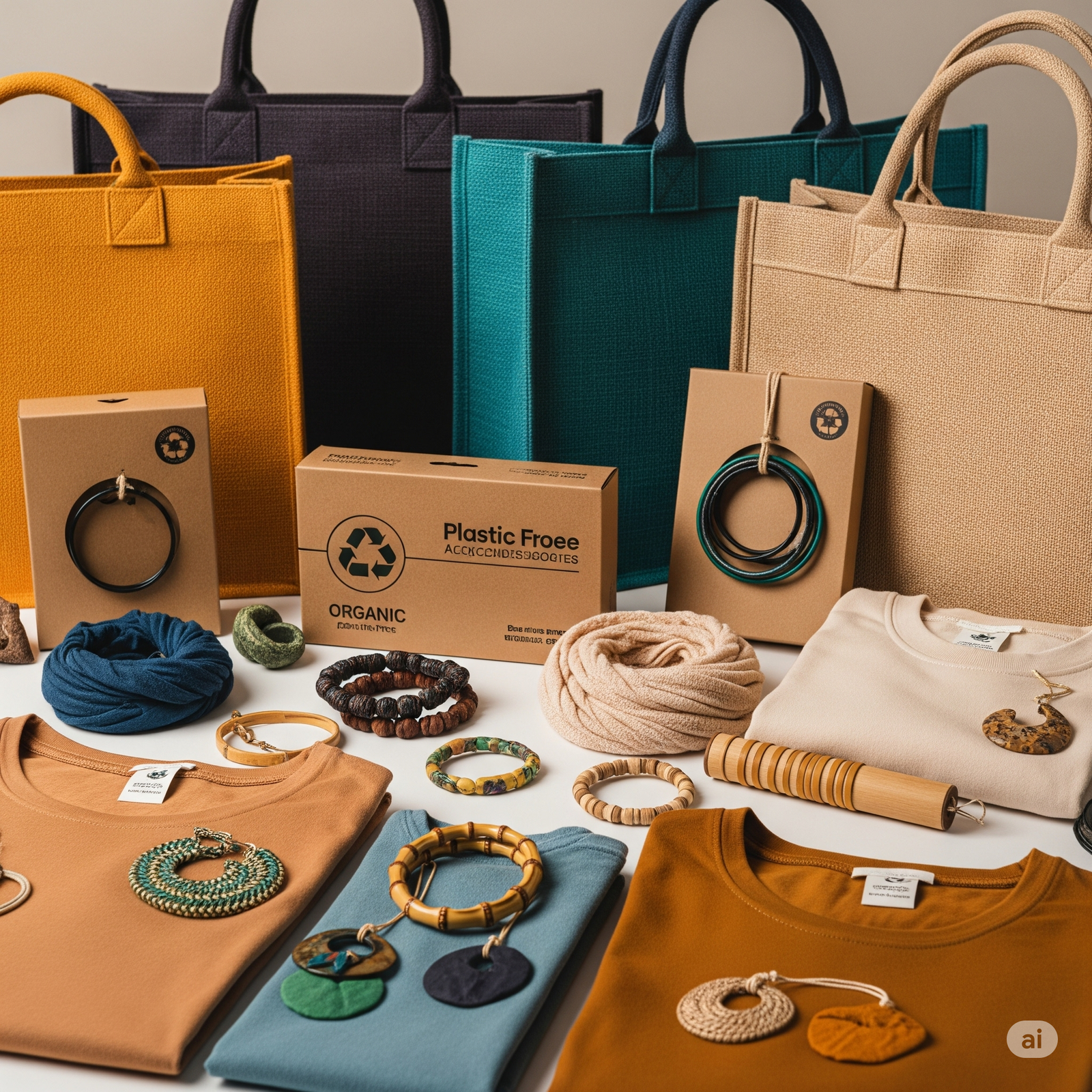
The Real Cost of Sustainable Fashion
Throughout my journey with these sustainable fashion brands India offers, I’ve learned that the true cost of clothing goes far beyond the price tag. When I factor in durability, environmental impact, and social responsibility, sustainable fashion consistently proves to be more economical than fast fashion alternatives.
My Fabindia kurtas have lasted three years and still look as good as new, while similar-priced fast fashion pieces would have been replaced multiple times by now. Similarly, my No Nasties organic cotton basics have maintained their shape and color through countless washes, proving that quality materials justify their initial cost through longevity.
The psychological benefits have been equally valuable. Knowing that my clothing choices support fair labor practices and environmental protection gives me a sense of alignment between my values and actions that enhances my overall satisfaction with my wardrobe.
Building a Sustainable Wardrobe on a Budget
Creating a sustainable wardrobe doesn’t require replacing everything at once, and my experience with these brands has taught me the importance of gradual transition. I started by replacing worn-out basics with sustainable alternatives, gradually building a collection that reflects both my style preferences and environmental values.
The key strategy I’ve developed involves investing in versatile pieces that work across multiple occasions and seasons. A well-made kurta from Fabindia can transition from casual daywear to elegant evening wear with the right accessories. Similarly, organic cotton basics from No Nasties provide the foundation for countless styling options.
Online Forum Discussion: “How much should I budget monthly for transitioning to sustainable fashion?” I’ve found that allocating ₹2,000-3,000 monthly for gradual wardrobe transition works well, allowing for one or two quality sustainable pieces that replace multiple fast fashion items.
The Community Impact I Never Expected
One unexpected benefit of supporting sustainable fashion brands India has developed is the sense of community it creates. Following these brands on social media has connected me with like-minded consumers who share styling tips, sustainability advice, and support for conscious consumption choices.
Moreover, I’ve learned about the positive impact my purchases have on rural artisan communities, organic farmers, and environmental conservation efforts. This knowledge transforms shopping from a purely personal activity into a form of activism that supports positive change.
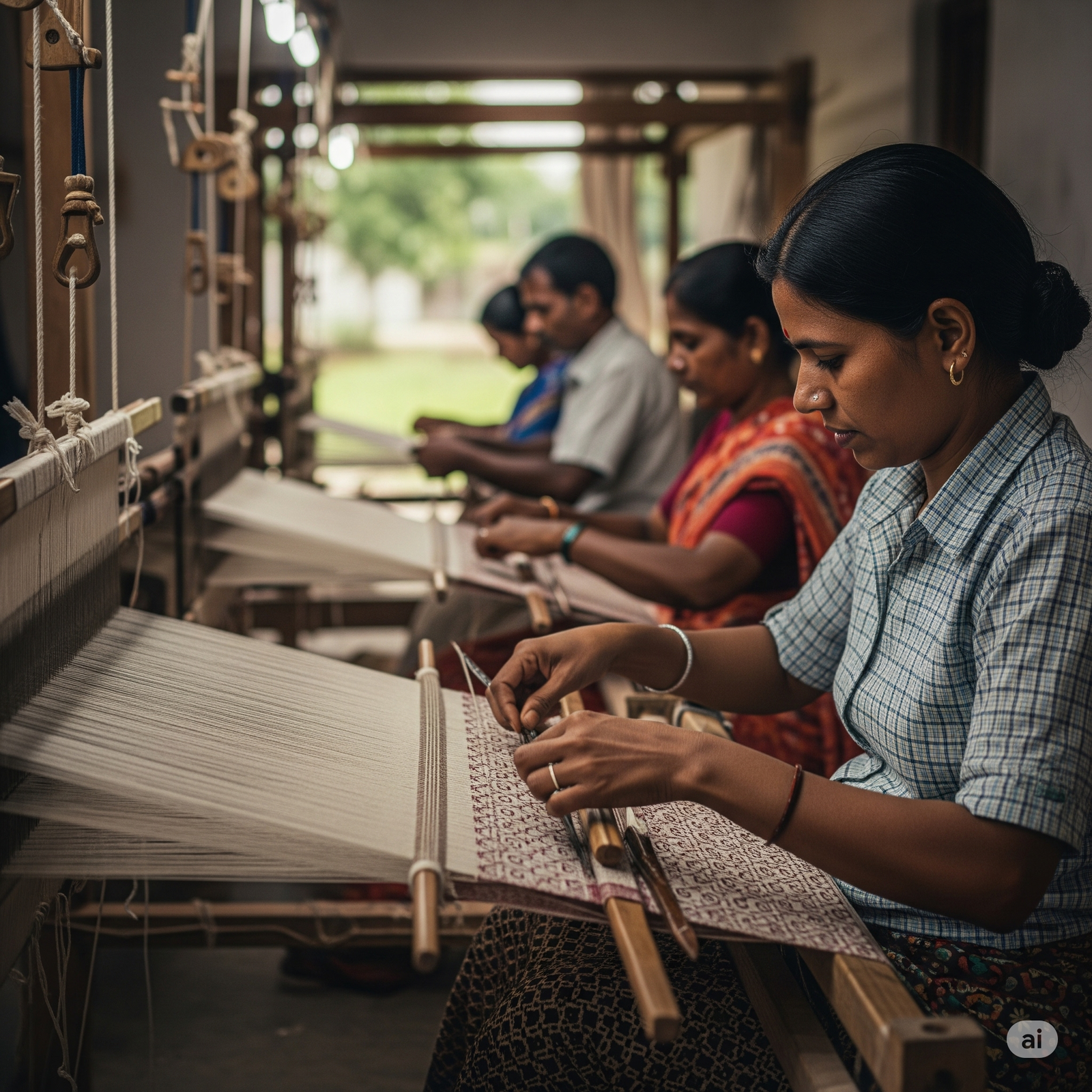
The ripple effects extend beyond fashion choices. Supporting these brands has made me more conscious about consumption patterns across all areas of life, leading to more thoughtful purchasing decisions and reduced overall consumption.
Seasonal Shopping Strategies
My approach to shopping from sustainable fashion brands India offers has evolved to align with seasonal needs and sale cycles. I’ve learned that timing purchases strategically can make sustainable fashion even more affordable while ensuring I’m buying pieces I’ll actually use.
End-of-season sales at brands like Fabindia offer excellent opportunities to invest in quality pieces at reduced prices. Similarly, festival seasons often bring promotions that make organic cotton basics from No Nasties even more accessible. Planning purchases around these cycles has allowed me to build a comprehensive sustainable wardrobe without straining my budget.
The key is maintaining a wish list of needed items and purchasing strategically rather than impulsively. This approach ensures that every purchase serves a genuine wardrobe need while supporting brands whose values align with my own.
Looking Forward: The Future of Sustainable Fashion in India
The growth I’ve witnessed in sustainable fashion brands India produces over the past two years gives me tremendous hope for the future of ethical fashion in our country. New brands are emerging regularly, each bringing innovative approaches to sustainability while maintaining accessibility for diverse consumer segments.
Technology is playing an increasingly important role, with brands using digital platforms to reduce overhead costs and pass savings on to consumers. Additionally, increasing consumer awareness is driving demand for sustainable options, encouraging more brands to adopt ethical practices.
The integration of traditional Indian textile techniques with modern sustainability practices creates unique opportunities for our country to lead global sustainable fashion movements while preserving cultural heritage and supporting artisan communities.
FAQs
Absolutely! Indian sustainable brands like Fabindia and No Nasties offer significantly better value than international alternatives. Local production, direct artisan relationships, and lower operational costs allow Indian brands to provide sustainable fashion at 40-60% less than comparable international options.
Look for certifications like GOTS (Global Organic Textile Standard), OEKO-TEX, or Fair Trade labels. Genuine sustainable brands provide transparent information about their supply chain, manufacturing processes, and environmental impact. Additionally, check if they support artisan communities and use natural or recycled materials.
Basic sustainable pieces like organic cotton t-shirts range from ₹800-1,500, while more elaborate items like handwoven kurtas cost ₹1,500-4,000. Designer sustainable pieces may range up to ₹8,000-12,000, but the cost-per-wear makes them economical long-term investments. Are sustainable fashion brands in India really more affordable than international eco-fashion brands?
How do I verify if a brand is genuinely sustainable?
What's the average price range for sustainable fashion in India?
- Also Check Out – The Summer Skincare Routine for Indian Skin (Dermatologist-Approved)
